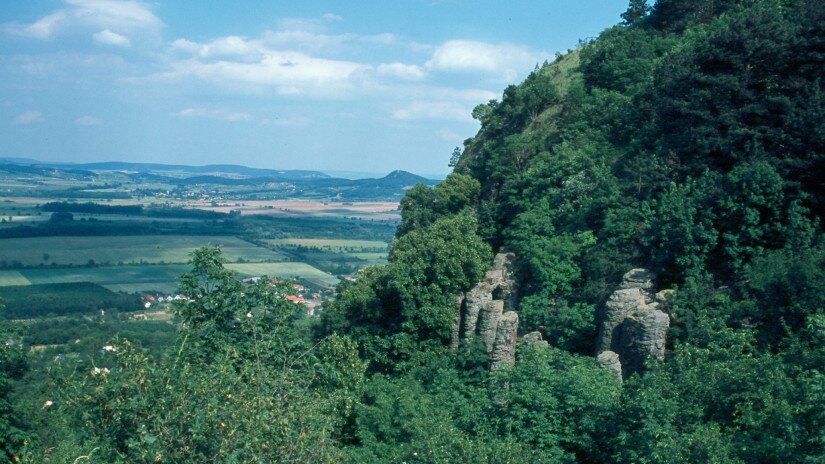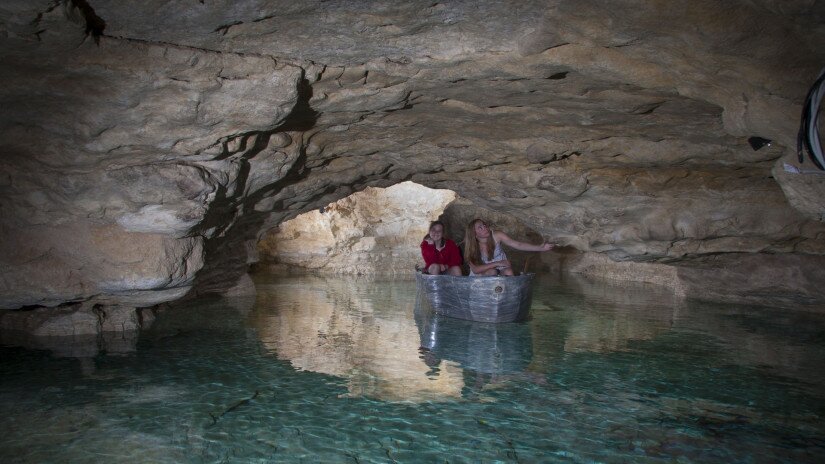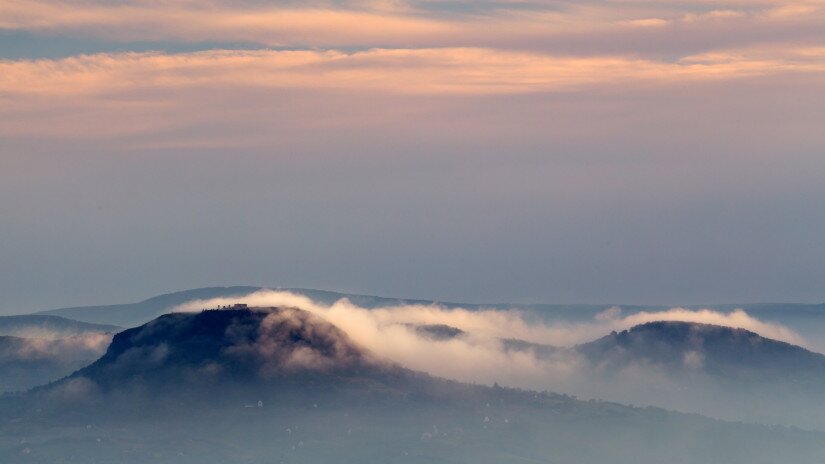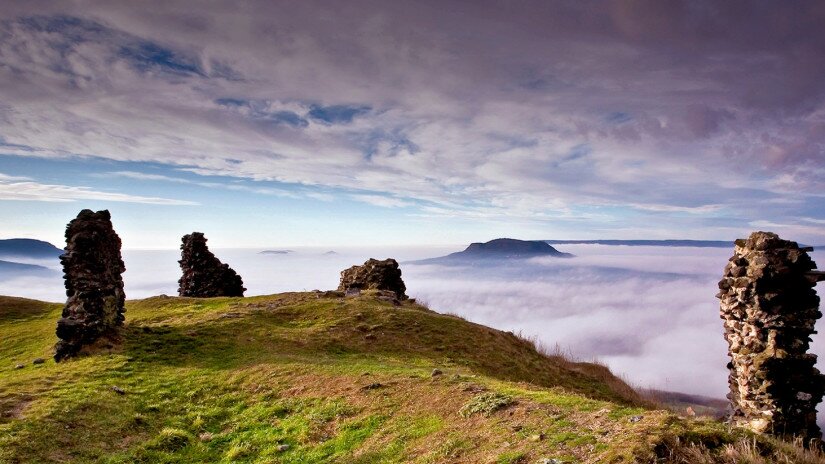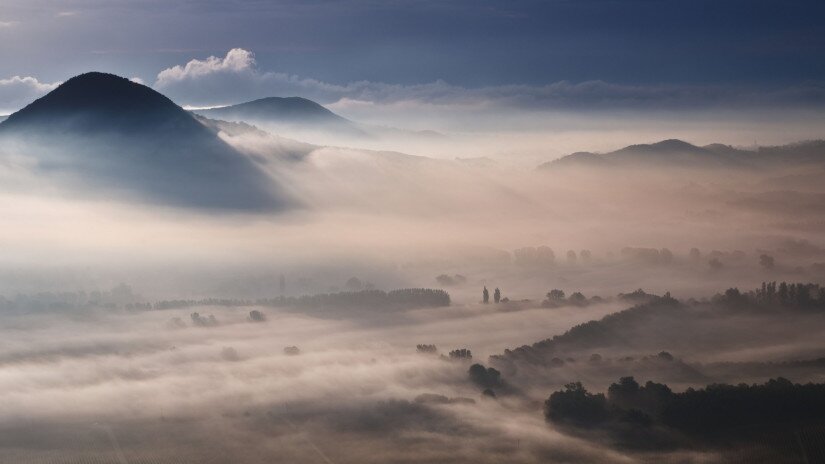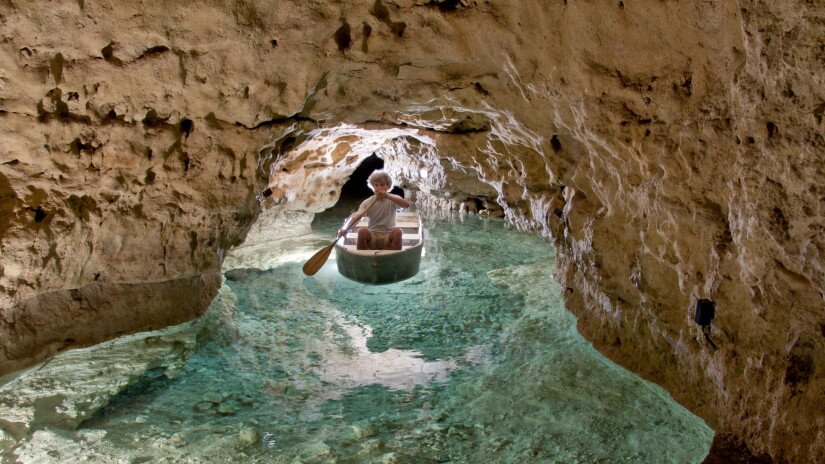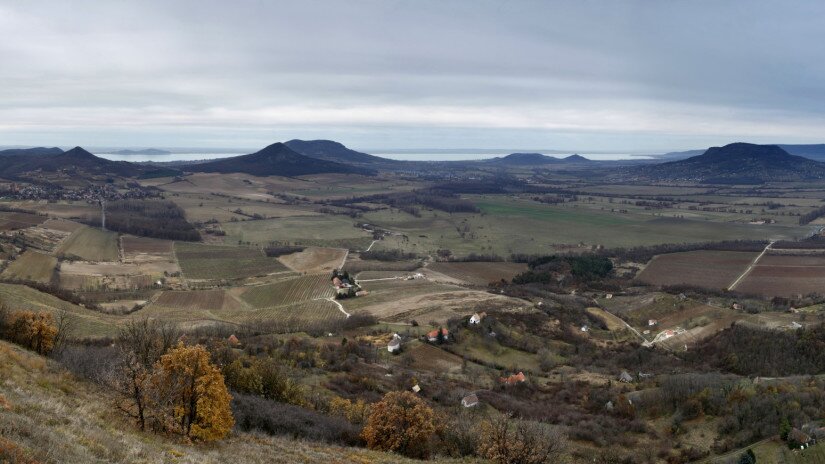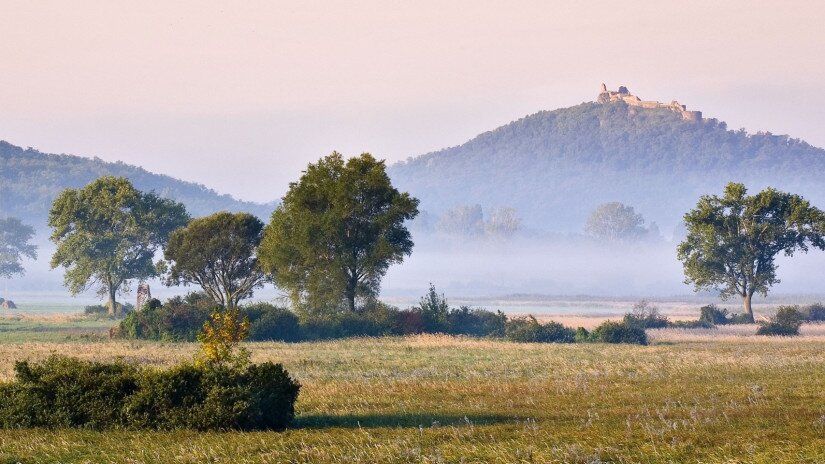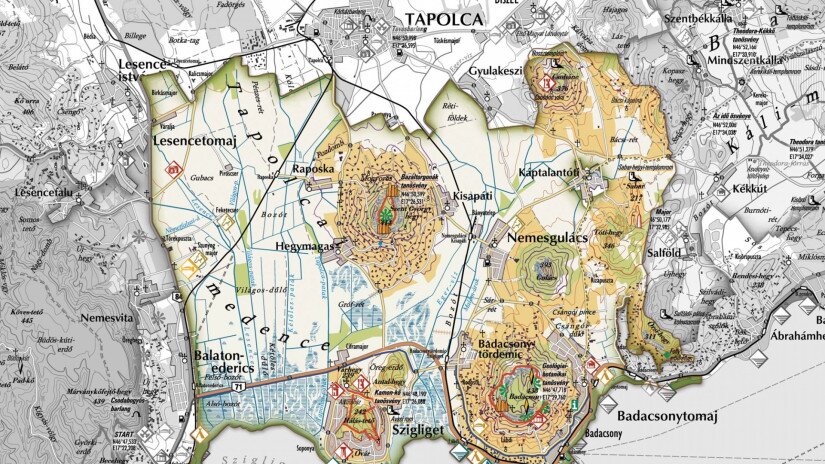For hundreds of years poets, novelists and painters have been calling the Badacsony and its vicinity the most beautiful landscape in Hungary. One of the greatest achievements of the Hungarian nature conservation movement is that the basalt quarries opened here in 1903 have finally been closed down. The famous playwrighter Ferenc Herczeg made powerful efforts in the Upper House in the 1920s to have them closed. A press campaign was also launched, but the last quarries where only finally closed in 1964. Those on the Gulács and Tóti Hills were abandoned at the end of World War II and in the early 1950s. The Szentgyörgy and Csobánc Hills are more fortunate: their basalt was not found suitable for building purposes, so there are only small wounds on their flanks.
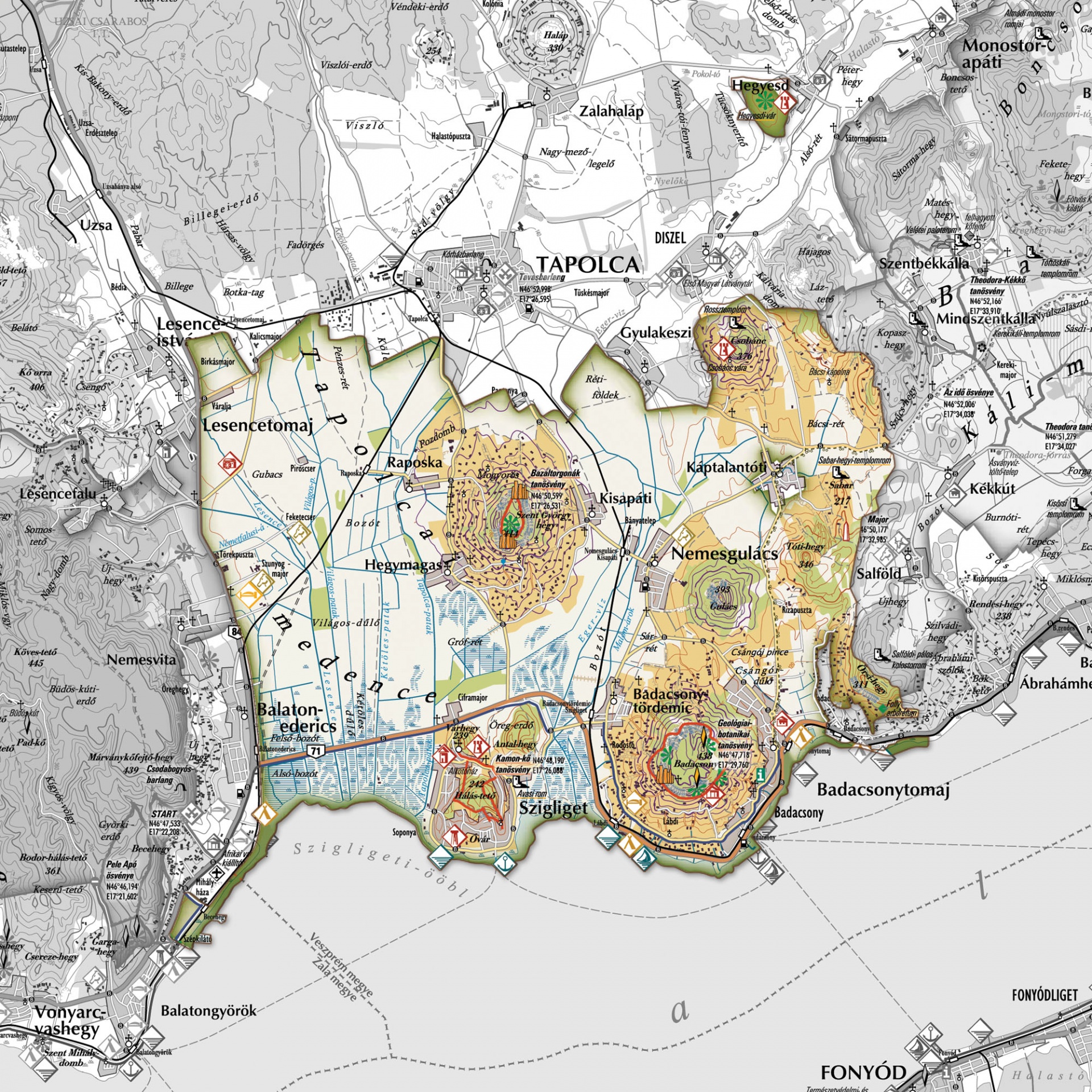
Tapolca Basin, map
The basalt mountains of the area are not only unique and picturesque geological relics, they are also the habitat of many rare plants and animals. In addition to the natural values it is worth to mention the vineyards dating back to the Roman times, the architectural relics of the hills and villages: ruins of castles, churches, palaces, as well as the relics of popular architecture.
The monadnocks are peculiarly shaped results of the volcanic activity towards the end of the Pannonian Age. At the edges of the Csobánc, Szentgyörgy and Badacsony Hills, which from a distance resemble coffins, typical formations of solidifying basalt: the basalt columns can be seen. The most beautiful examples are the Stone Gate of Badacsony and the basalt organs of the Szentgyörgy Hill. At the slopes of Badacsony, huge rock-glaciers and block fields are to be found, where the large-leaf linden and the mahaleb cherry forest can just establish themselves. The picturesque cones of the Gulács, Tóti and Vár Hills resemble sugar loafs.
Several botanical rarities live in the extreme climatic and geological conditions of the basalt mountains. The abundance of the yellow golden alyssium on the rock and quarry sides is picturesque. A unique acidophilic ash-beech forest occurs on the rocky escarpments of the Badacsony; in its beech forests we find cyclamen, while in the hornbeam-oak groves hepatica, black bryony, broomrape grow. On the sunny rocks of the Szentgyörgy Hill a small population of Cheilanthes marantae (unique in Hungary) blooms, with caterack and Lumnitzer carnation. Several local subspecies of sorbtrees find habitat in the unavailable rock cracks. The flower stock of Csobánc is enriched by Pulsatilla grandis, Saxifragas and lilac. On the top of the Tóti Hill a picturesque flower field is situated: Orlaya grandiflora mixed with iris, Pulsatillas and Caryophyllaceae. In the cracks of the basalt columns the small scrubs of Cotoneaster matrensis line up.
At the eastern edge of the area on Permian sandstone the calluna provides a red flower carpet at the end of summer; on the rocks juniper and yellow hawkweed species bloom. On the plains, remains of ancient marshes contain several botanical rarities. At Raposka we find marsh gladiolus and orchids; next to Káptalantóti there is a habitat of the 1 m tall and odorous large pink (that occurs less and less), accompanied with the blue flowered marsh gentian.
On the rocks and in the forests of the basalt hills several rare birds nest: raven, red footed falcon, rock bird etc. In the reeds below the Szigliget Hill the protected greylag goose breeds.
The ruins of the forts of Csobánc and Szigliget, the lavishly rich Tarányi Cellar from 1780, the Lengyel Chapel (1760), the Szigliget Castle and manor, the cellar of Flórián Szabó at Rókarántó of Szigliget, richly ornamented in popular style, the chapels on the vineyard hills (Csobánc, Kisapáti, Badacsonylábdi), the nicely carved crucifixes at the crossroads, the ruins of churches (Csobáncszegi, Sziglitet-Avasi, Káptalantóti-Sabar Mountain), the dignified manor of Róza Szegedy on the Badacsony, are all precious relics of Hungarian architecture and history.

